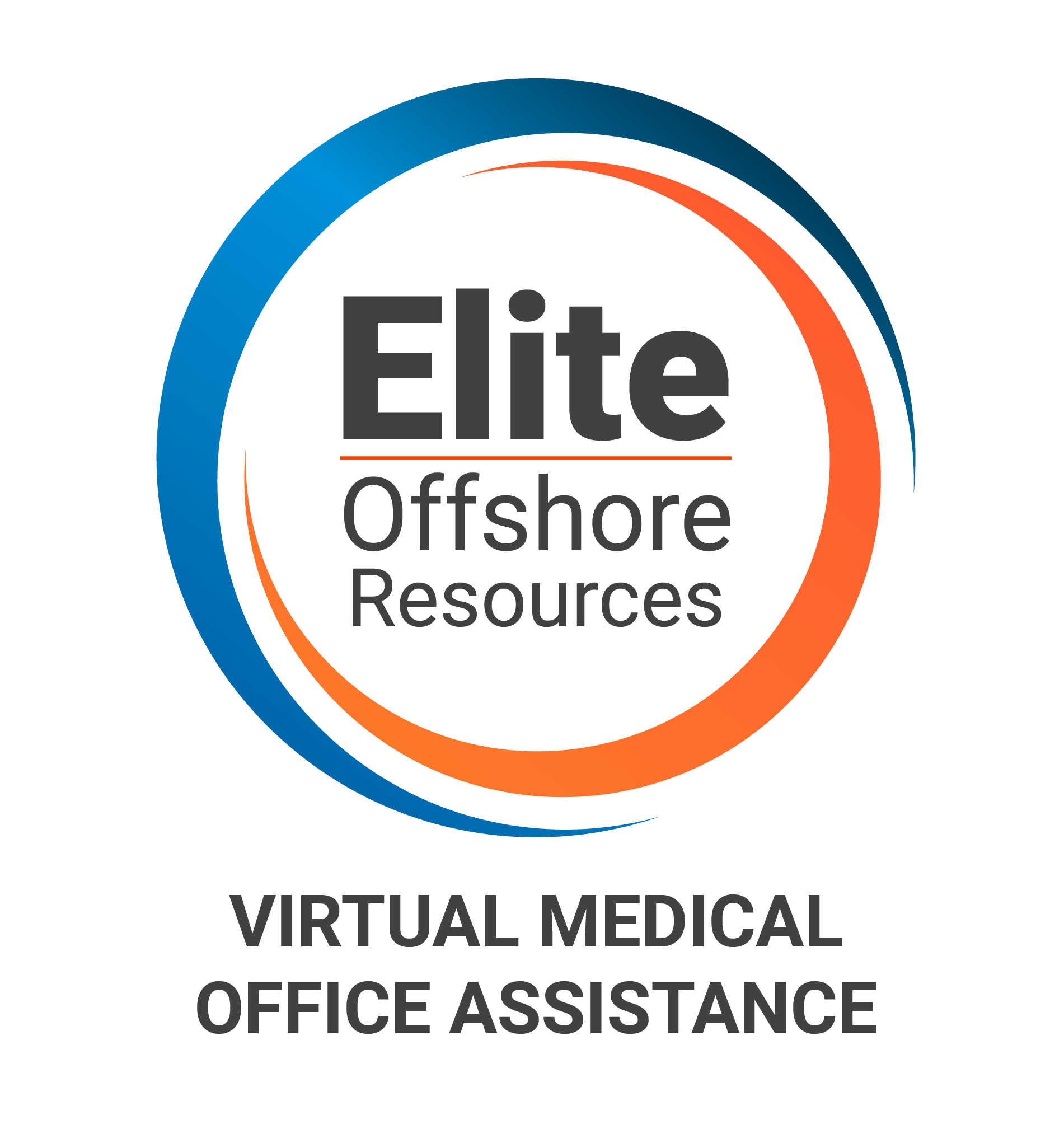Provider Credentialing
Faster Credentialing.
Improve Out-Of-Network Approvals.
Improve Out-Of-Network Approvals.
Is your healthcare enterprise losing revenue due to increasing out-of-network claims, or is the non-participation of providers resulting in a reduction in insurance payouts? These might be symptoms of inefficiencies in the provider credentialing processes in a medical or group practice.
Delays in provider credentialing will adversely affect patient scheduling, claims collection, and cash flow management. On the other hand, an efficient credentialing process will improve these processes and make a substantial difference in your practice’s revenue.
Timely provider credentialing is vital for the reputation of your medical practice. It ensures that you only recruit physicians with verified medical qualifications and experience. Provider credentialing is also critical from the perspective of compliance.
What is Provider Credentialing?
Medical credentialing, physician credentialing, and provider credentialing are terminologies used for the same process. Once credentialing is obtained, a provider can claim payments for medical services rendered to members of that health plan or insurance company. If a provider is not credentialed or if the credentialing is not renewed, a payor will refuse to pay for the medical claims.
It involves the verification of a provider's credentials, which includes the following:
- School and college education
- Residency experience
- Other training and affiliation
- Practice license
- Work experience
- Malpractices
- Adverse clinical episodes
- Others
Medical Enrollment and Medical Privileging.
Once the provider is credentialed (i.e., the information provided by the physician has been verified), the insurance company approves the physician as an in-network provider. This process is known as medical enrollment. In addition, based on proven competency, a provider is given 'medical privileging' by the insurance company, which is an approval for performing specific medical procedures.
When should you Credential your Provider?
The following are the circumstances under which your practice must file for provider credentialing-
- When it is a new practice.
- When a new provider joins the practice.
- When an existing provider enrolls with a new payor.
- When existing providers must be re-credentialed (typically once in three years).
Common Challenges in Provider Credentialing
As crucial as credentialing is to the functioning of medical practice, most practices find it challenging to keep up with the credentialing requirements.
The top provider credentialing challenges faced by medical practices are:
The top provider credentialing challenges faced by medical practices are:
- Keeping track of re-credentialing dates for existing providers.
- Meeting the extensive list of documentary requirements for each credentialing application.
- Arranging for proof of provider work history or trying to explain time-lapses of more than 30 days.
- Ensuring that the references submitted are available when contacted by the payor.
- Tracking the status of multiple credentialing applications. A credentialing approval can take between 60 to 120 days.
Ensuring provider credentialing is submitted timely and followed up with each payor is a highly detailed process. Practice staff already managing patient walk-ins and medical billing are often unable to focus on this task, leading to further delays.
Why should you Outsource Provider Credentialing to Elite Offshore Resources?
Elite Offshore Resources has a team of provider credentialing experts who can take over the entire process. Here are a few additional benefits of outsourcing provider credentialing to us:
- 2X Faster credentialing: Your credentialing applications will be approved twice as fast. We have the expertise and experience to handle the credentialing for multiple payers including Medicare, Medicaid, Aetna, Cigna, UnitedHealthcare, TRICARE, or any other provider.
- Credentialing tips and tricks: We help your staff learn more about the credentialing process, which includes a comprehensive checklist of documents that must accompany every credentialing application.
- Proactive application tracking: Once the application is submitted, your credentialing applications will be tracked until approval.
- Out-of-network enrollment: Bring your out-of-network providers into the gambit of payor enrollment, including closed panel cases.
- Credentialing maintenance: All the information changes, such as updating Tax ID, address change, EFT enrollments, or NPI registration, are taken care of.
- PECOS and CAQH maintenance: Your CAQH and PECOS profiles will be updated with the latest information.
- Contract negotiations: With an extensive database of payor's fee schedules, we will negotiate the best contract rates for your medical practice.
Have more questions about provider credentialing and radically improve revenues in your medical practice? We'd be happy to help.
